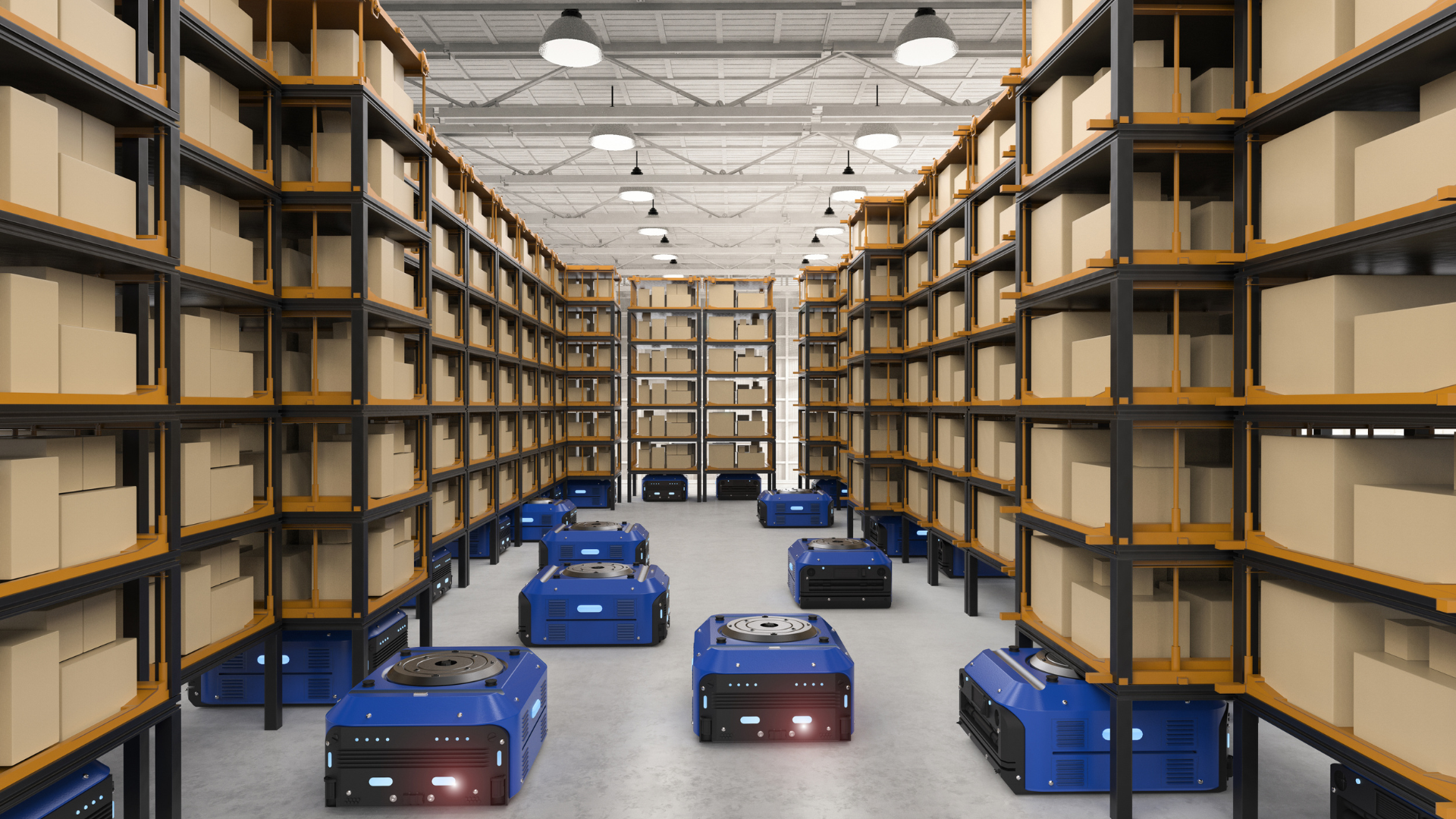Amazon is one of the largest online retailers in the world, and as such, it’s had to expand beyond the traditional warehouse model. Though traditional warehouses are equipped with all the necessary equipment like platform and wall ladders, forklifts, pallet jacks, and hand trucks that make the warehouse operations smooth, there has been a trend of creating a more advanced warehouses in the recent time. To that end, the company just showed off a new fleet of robots recently, and it’s pretty impressive. The robots slide around on fleets of plastic wheels, and they can pick things up, take them away, and place them on shelves. The robots can even identify items on shelves that have already been picked so they don’t re-pick them.
Amazon is investing in some seriously badass warehouse robots. At a robotics conference in Seattle, the company unveiled two new warehouse robots named “Scout” and “Delivery Boy.” While the two robots are almost identical, Scout has sensors that detect and avoid people and obstacles, while a GPS guides Delivery Boy. (The GPS, however, won’t work indoors, so Delivery Boy will rely on Scout to navigate those.) Cameras and conveyor belts power Amazon’s new robots, and they move at speeds of up to 2 MPH.
Some Amazon “high-tech” warehouse robots appeared to be anything but a year ago. To be honest, seeing dated hardware and outdated concepts about how warehouse robots should work was perplexing. As a result, Amazon’s recent announcement of several new robotics projects that rely on sophisticated autonomy to perform usefully, valuable warehouse tasks is a relief.
Last week, Amazon unveiled a new service, called Amazon Picking, that could revolutionize the way retailers stock and send goods. The premise is simple: Autonomous mobile robots roam the aisles of a warehouse, collecting goods sold by Amazon, then ferry them to the door of a customer.
We know Amazon is aware of this utilizing much smaller robots capable of zipping underneath a cart, lifting it up, and carrying it around with them. The Kiva drive units, obviously, only work in highly structured environments.
The capability to make autonomous decisions is not only what makes robots useful; it is also what differentiates them.
Systems have been expected to have the ability to recognize their surroundings, make a decision based on those facts, and thereafter take useful actions without our intervention. Earlier, automaton outcome followed strict rules-if you sense this, do that. This is effective in structured environments like factories. Robots, on the other hand, are incredibly unprepared to deal with anything that could be precisely predicted and scheduled for in advance in messy, unknown or vaguely understood contexts.
Because of this obscurity, deep learning-based robots must be used with caution. A depth system is able to recognize patterns but lacks the world understanding that humans use to make decisions, so such systems do well even before their implementations are well established and narrow in scope. With well-structured interfaces and the ability to encapsulate your problem in that kind of relationship, Amazon is rolling out a new generation of robots that are designed to floor-fill with Amazon packages. An Amazon spokesperson told The Verge that the automated warehouses would start rolling out in 2019. “We designed this new system to address customer requests to have more fulfillment centers in certain geographies, and positions us to be even more nimble in our supply chain and fulfill more orders in more places,” the spokesperson said.
It’s easy to see how Amazon plans to use these robots in its warehouse. The company already uses a variety of robots to move boxes around its warehouses, and these new ones, designed to handle heavier loads, will be able to pick up more boxes per hour.
Amazon has rolled out huge investments designed to co-locate its machines and workers. Among them are the three warehouse robots. Amazon Robotics claims these robots can lift and pick up 100 pounds and move 34 feet per second. The robotics department of the tech giant says they’re designed to replace humans in many areas. “We designed Kiva robots, for example, to work side by side with humans,” said Matt Wood, head of Amazon Robotics. “We designed them to be able to navigate, work together, work autonomously, and work in follow-me mode with humans.”
Amazon’s robots are big, powerful, and capable of manual, autonomous, and remote-control operations. The new warehouse robots mix storing and picking and are suitable for handling various materials, including nuts, bolts, and strawberries. According to them, the robots are controlled by sophisticated software that allows fast, intuitive motion. They can also sense obstacles, and identify and repel humans. Amazon’s ultra-fast robots are the latest in a long line of innovations from the company’s research wing, which continues to reshape how people and companies work, shop, and collaborate.

